
4.7
607 Reviews
Flooring Arizona since 1945!
4.7/5

600+ Reviews

Professional Installation

Educated Consultants

AZ's Largest Flooring Retailer

4.7
607 Reviews
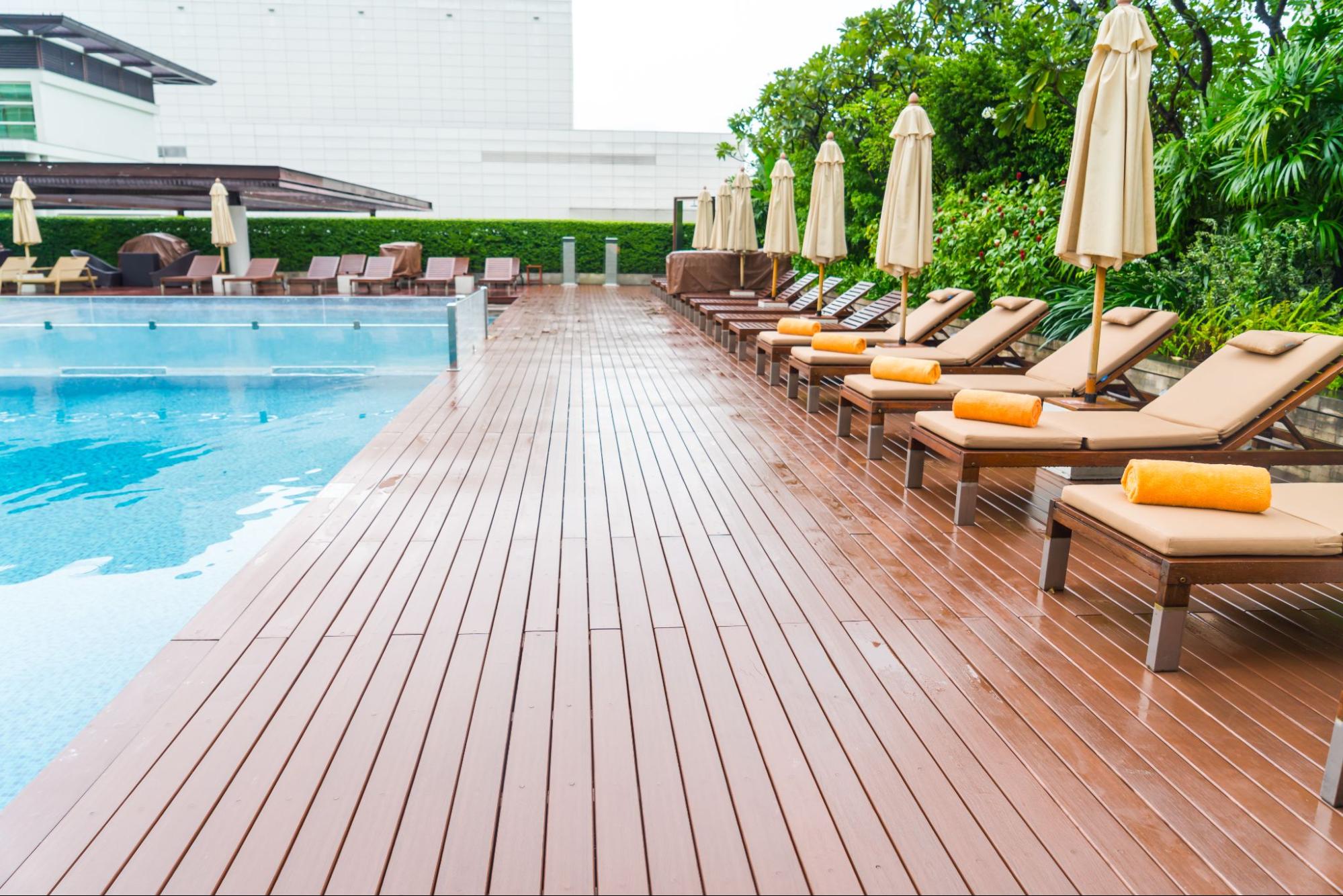
When upgrading your outdoor space, choosing the right flooring can be a daunting task. Whether you're transforming a patio, rooftop deck, or poolside area, outdoor flooring must handle varying weather conditions, high foot traffic, and still complement your overall design vision.
In this blog, we’ll guide you through the dos and don’ts of outdoor flooring to ensure your new surface is not only beautiful but durable and safe.
Key Takeaways:
Choosing the right outdoor flooring material starts with considering your environment and the demands of the space. Here are some top materials that work well for Arizona’s harsh weather, and for homeowners looking for quality, long-lasting options:
Concrete pavers are one of the most popular choices for outdoor flooring options due to their durability and versatility. They are ideal for high-traffic areas like patios or walkways.
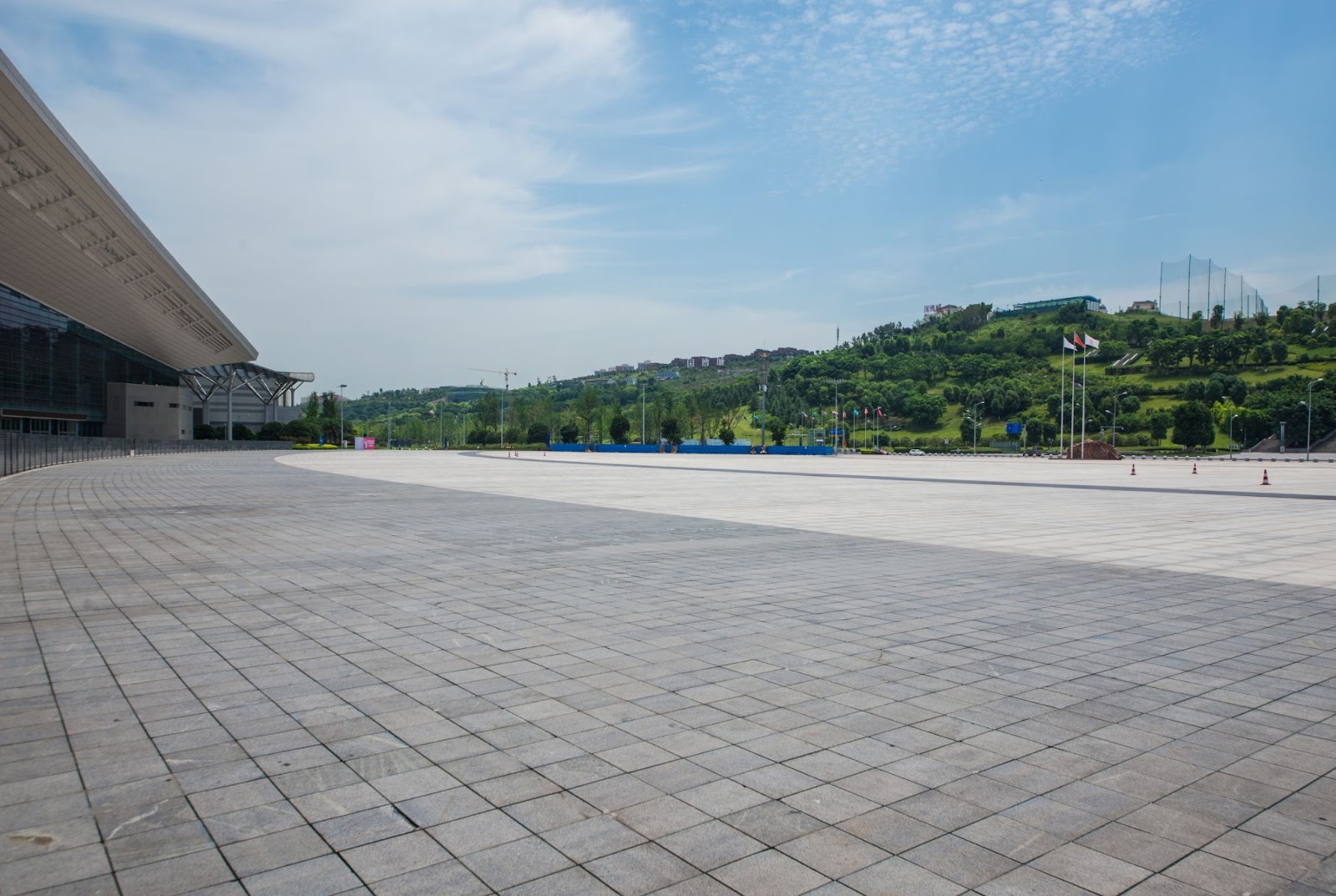
Pros:
Cons:
Best For: Patios, walkways, and driveways.
Porcelain tiles are becoming a favorite for homeowners who want style and durability in one package. They can withstand the harsh Arizona sun and require minimal upkeep.
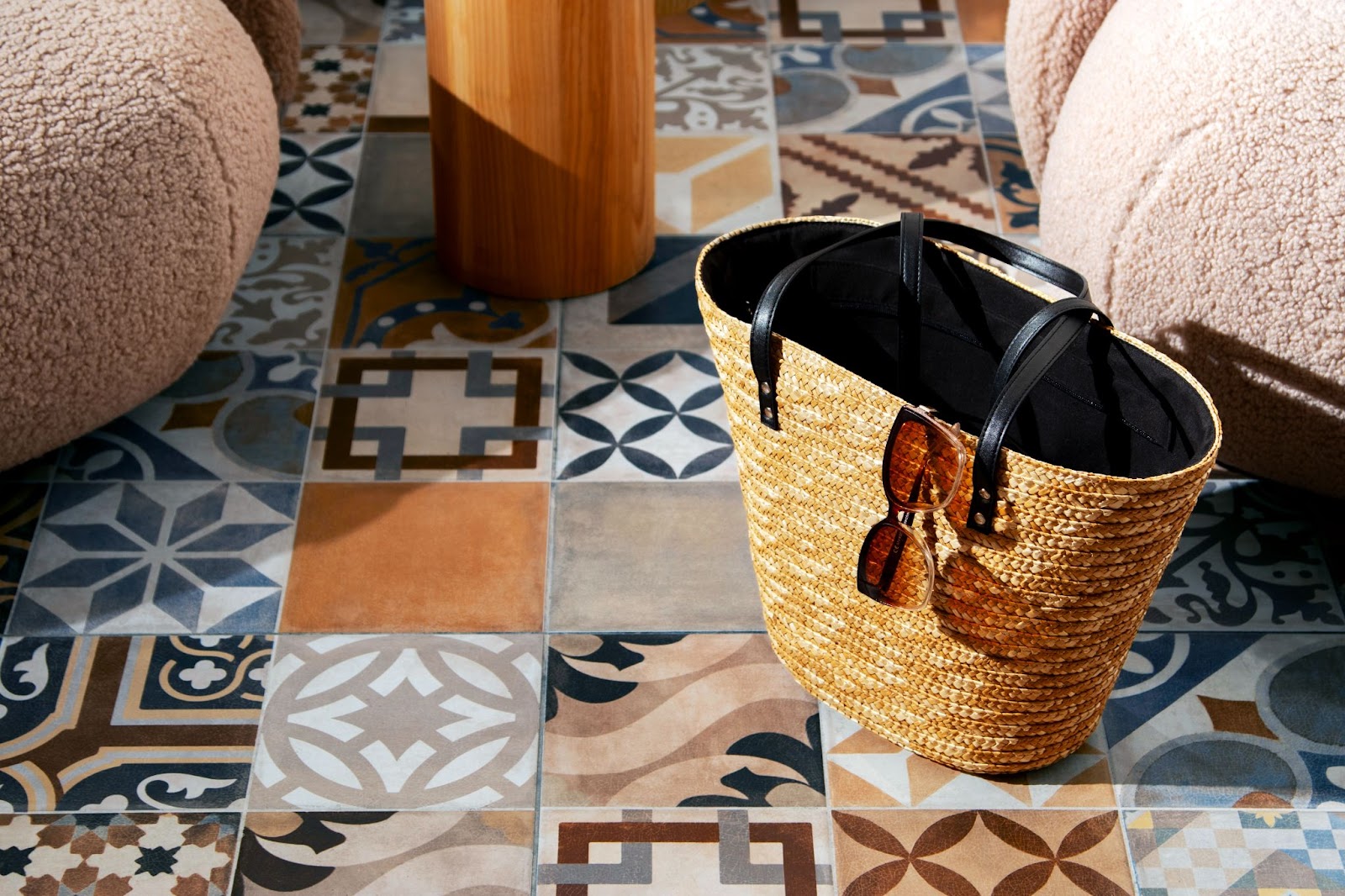
Pros:
Cons:
Best For: Pool areas, patios, and outdoor kitchens.
Composite decking combines the look of wood with the durability of synthetic materials, making it ideal for Arizona’s intense sun and dry climate.
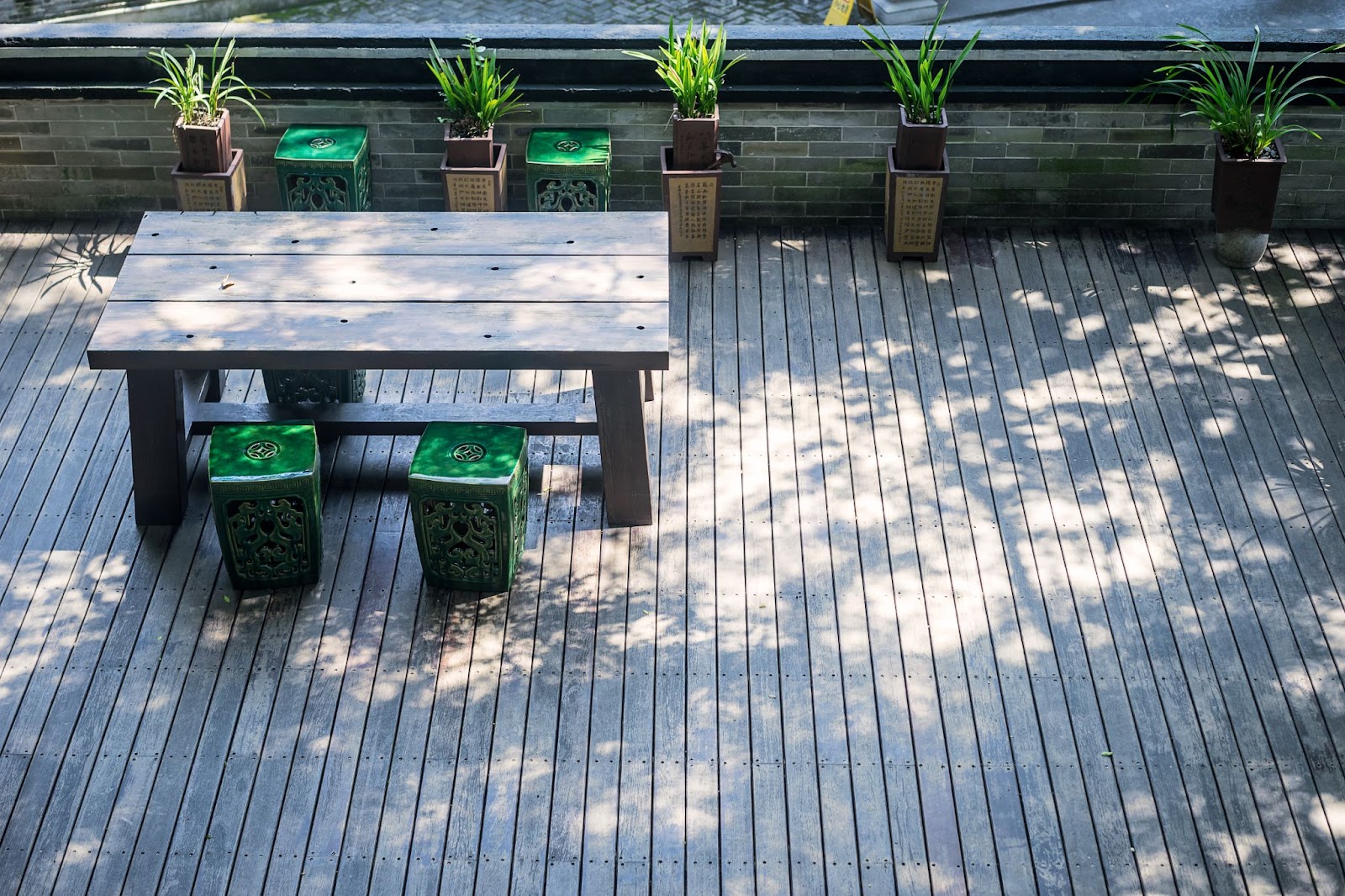
Pros:
Cons:
Best For: Decks and balconies.
Natural stone, such as travertine or slate, adds a luxurious touch to any outdoor space. However, it requires careful maintenance to preserve its beauty.
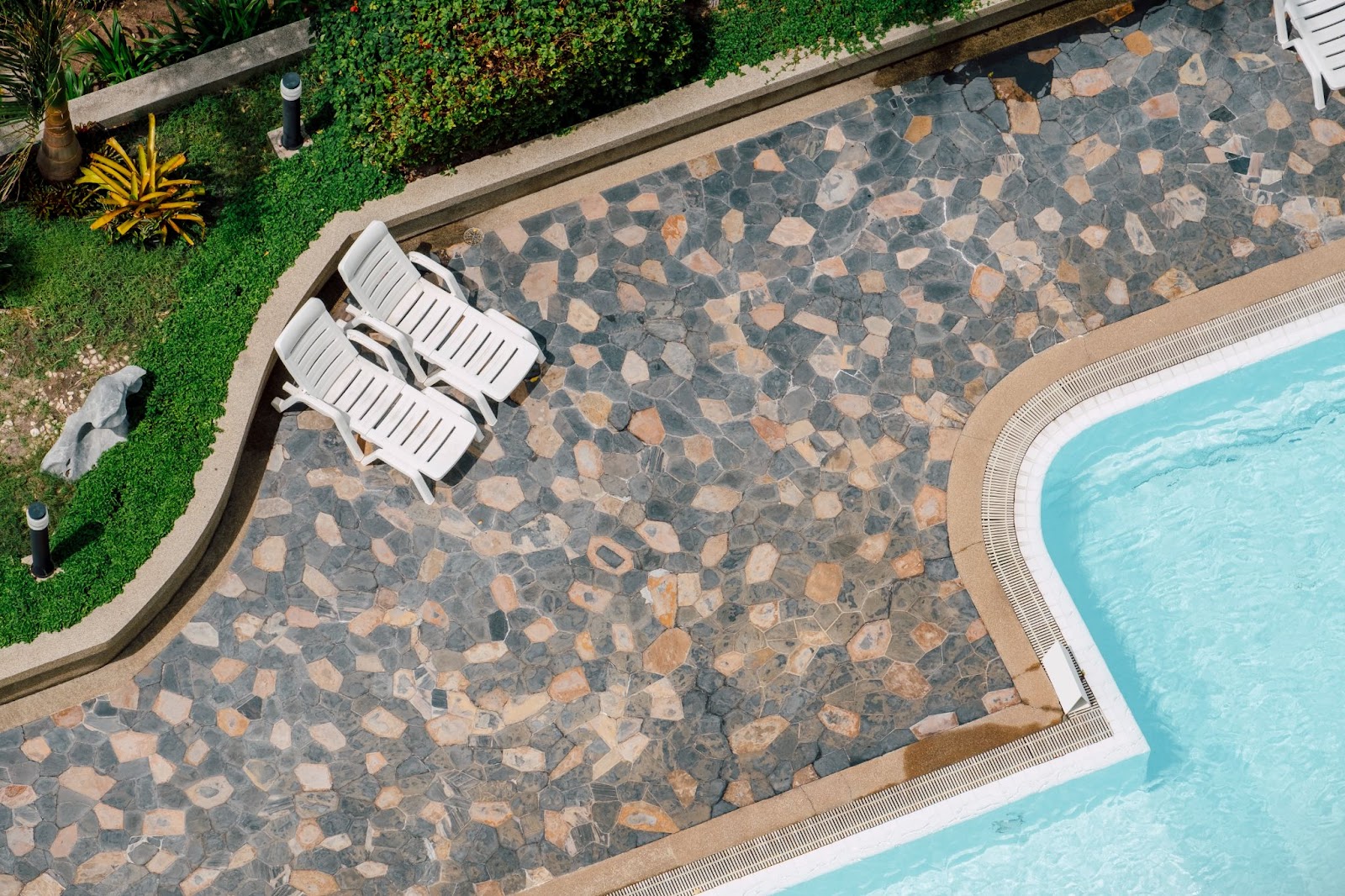
Pros:
Cons:
Best For: High-end outdoor spaces, pool areas.
For a more rustic look, gravel and pea stone are excellent options. They're easy to install, cost-effective, and allow for efficient drainage.
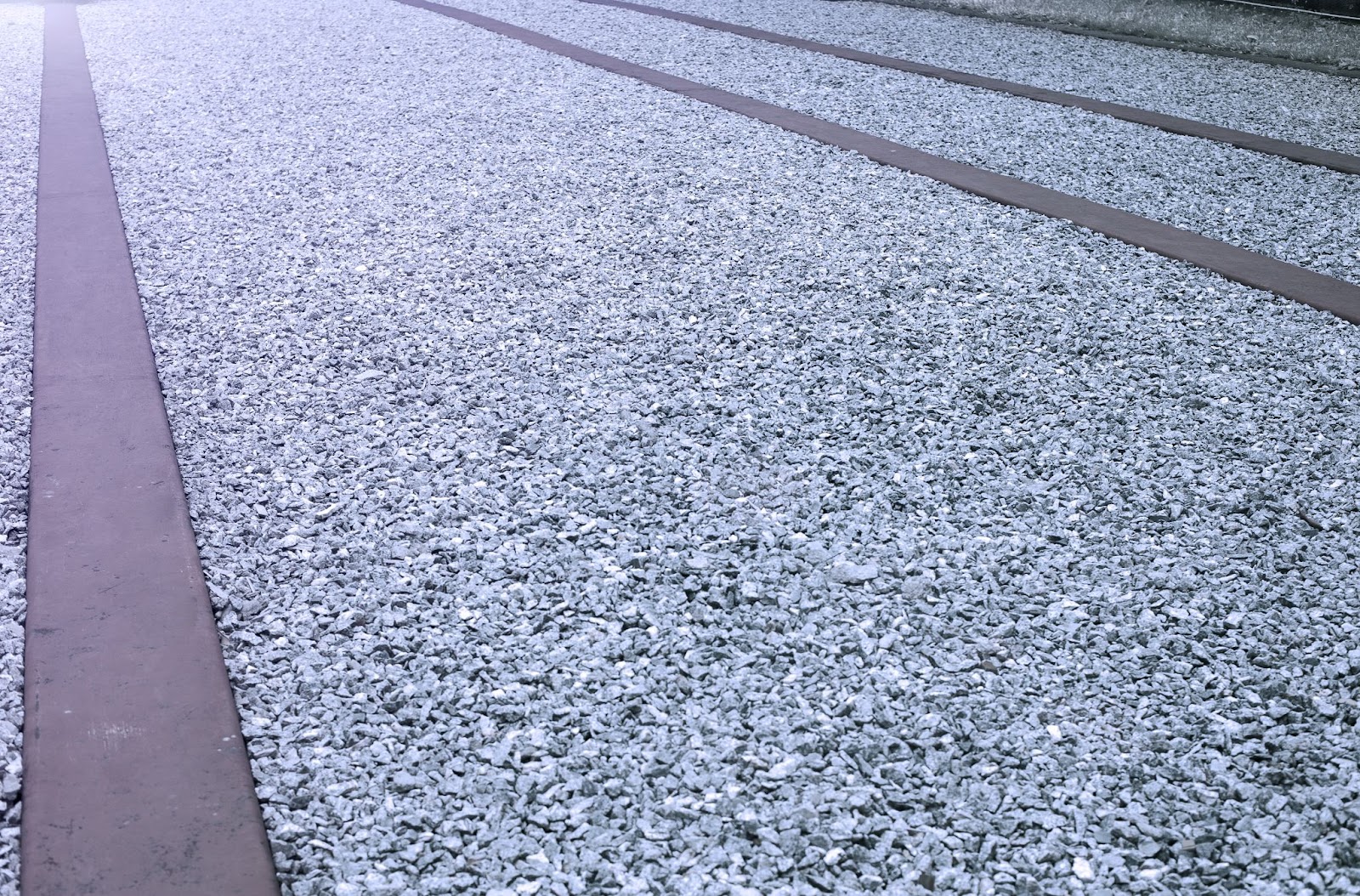
Pros:
Cons:
Best For: Low-traffic areas, garden paths.
Artificial turf is becoming increasingly popular, especially for homeowners with pets or children. It provides the look of a lush lawn without the maintenance.
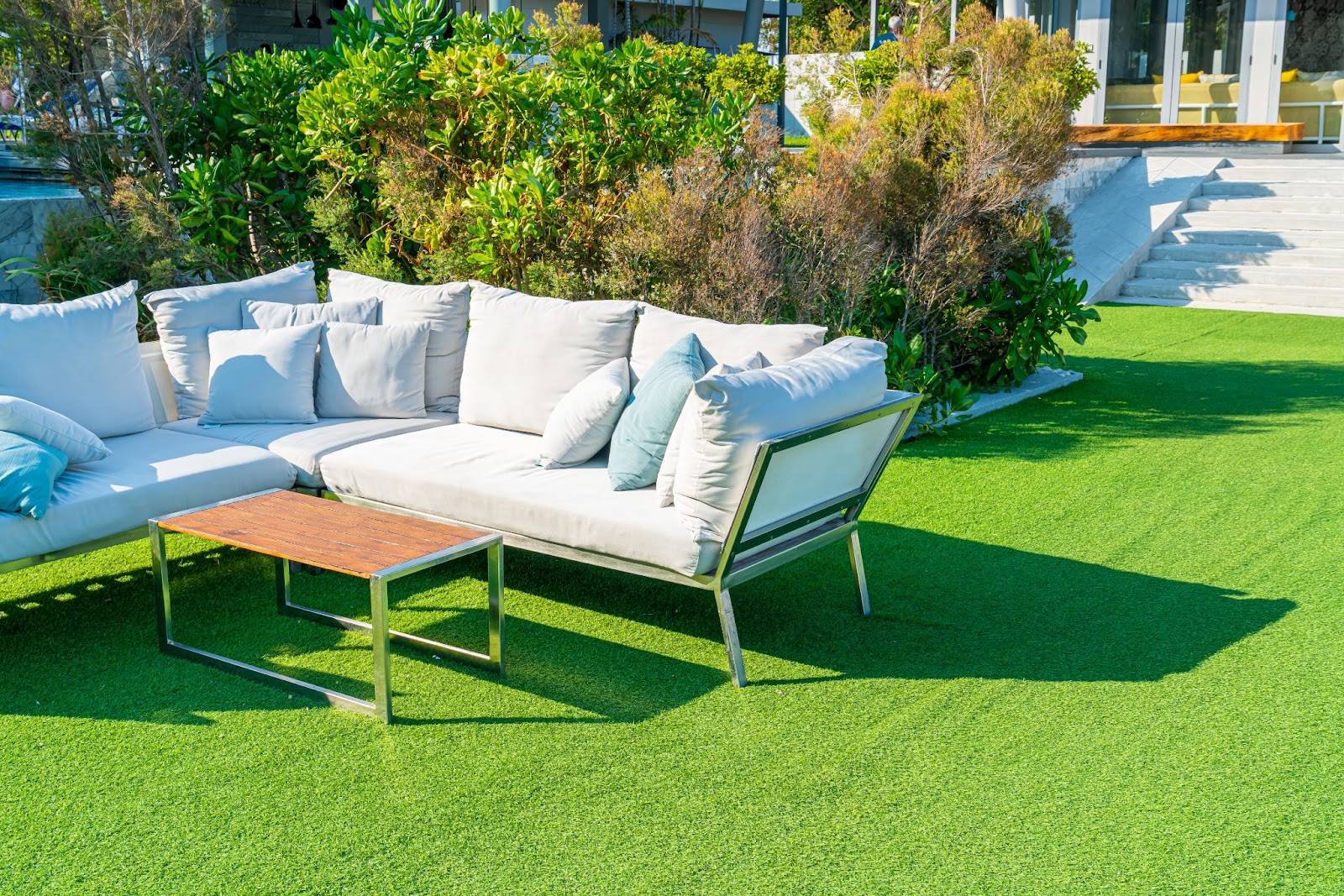
Pros:
Cons:
Best For: Patios, play areas, and pet-friendly spaces.
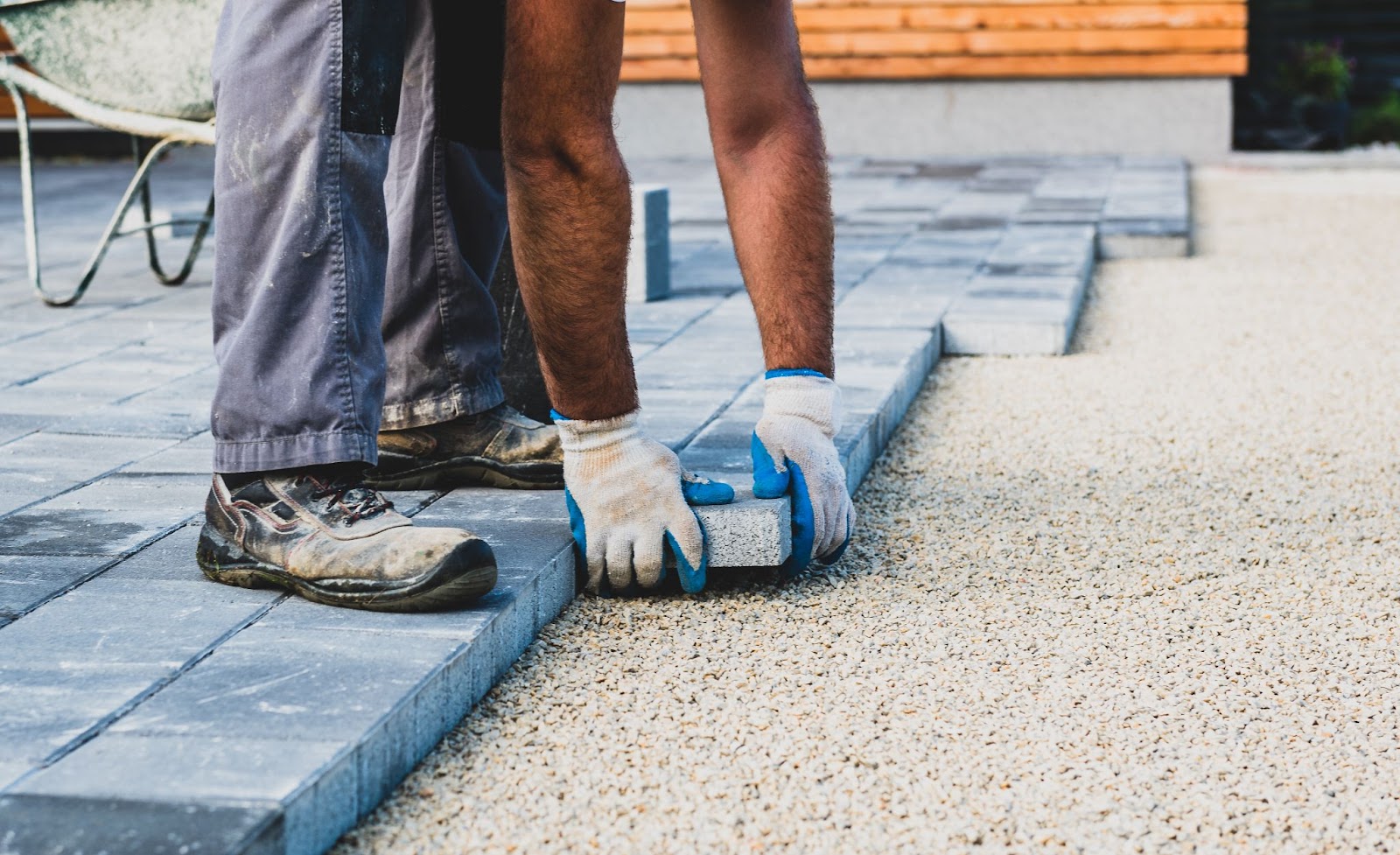
The best outdoor flooring is tailored to your region’s climate. For Arizona, choose materials like porcelain tile or composite decking that handle intense sun and dryness.
Proper surface preparation and drainage are critical to ensuring your outdoor flooring lasts. Be sure to prepare the base properly to prevent water from pooling and damaging the material.
When installing outdoor flooring tiles near pools or wet areas, safety is paramount. Opt for textured tiles or materials with a non-slip surface to avoid accidents.
Consider the long-term maintenance needs of the flooring. Materials like porcelain tile or composite decking offer durability and minimal upkeep compared to traditional wood decking.
Think about how you will use the space. If you entertain often, choose materials that are easy to clean and resistant to stains. For homes with kids or pets, choose softer options like artificial turf or textured tiles.
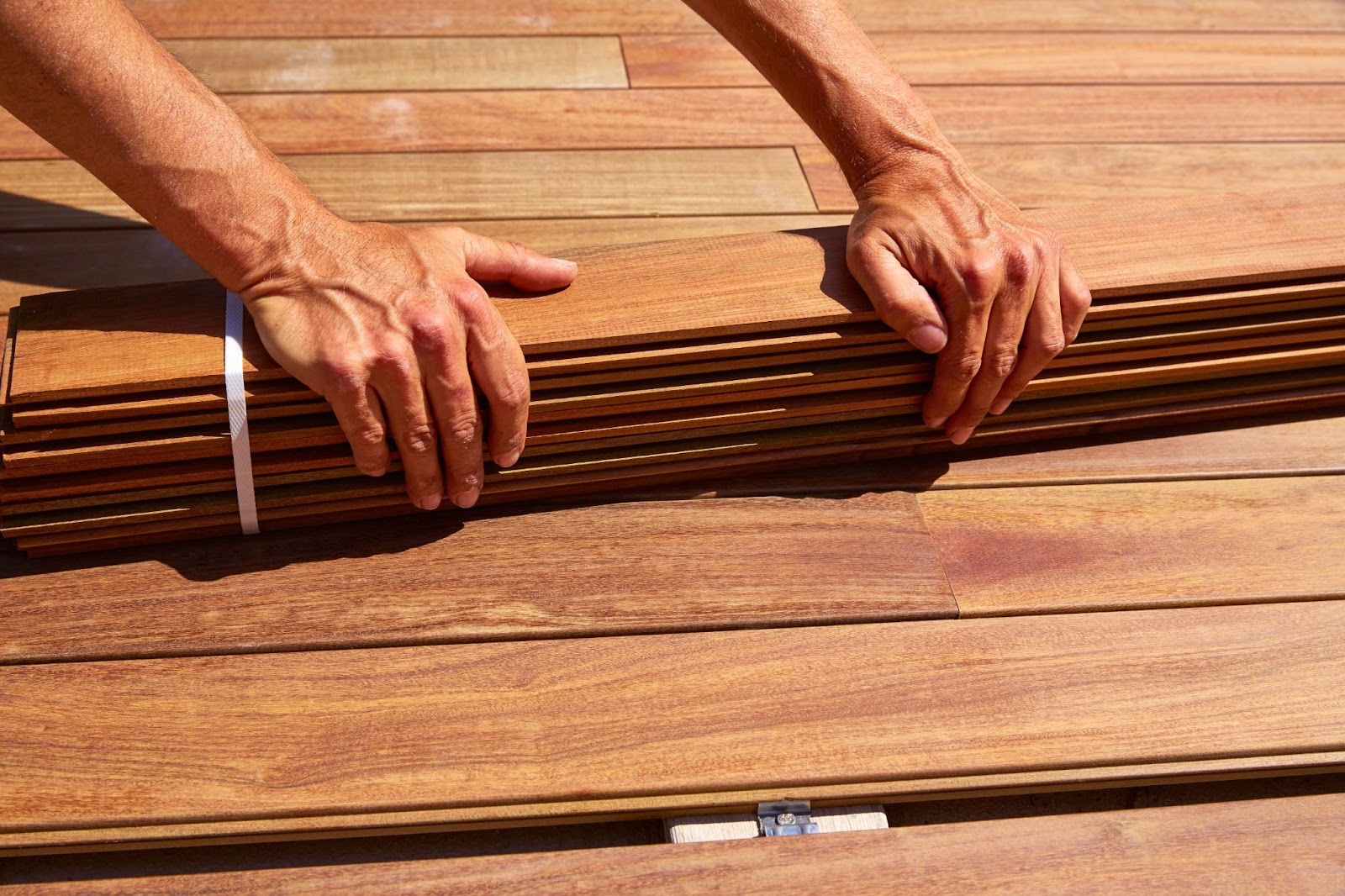
Indoor tiles are not designed to withstand outdoor conditions. Exposing them to rain, extreme sun, or temperature changes can cause cracking or fading.
Proper installation is key. Avoid cutting corners by skipping the necessary sealing or underlayment layers. This can lead to moisture damage or uneven flooring.
Tiles or decking with smooth surfaces can be dangerously slippery when wet. Make sure to choose materials that offer a high level of grip around wet areas like pools or hot tubs.
Ensure that the transition between indoor and outdoor areas is smooth and safe. A misalignment can cause tripping hazards or make the area look unkempt.
If you’re using composite decking, leave proper expansion gaps to allow for material movement in response to temperature changes.
Porcelain tile and composite decking are ideal for hot climates as they are weather-resistant and won’t warp or fade under the sun.
Textured porcelain or slip-resistant concrete is the safest option for poolside areas to prevent slips and falls.
Yes, porcelain tile is durable, moisture-resistant, and ideal for outdoor spaces like patios and pool areas.
Ceramic tile is not recommended for outdoor use as it can crack or fade under extreme weather conditions.
Vinyl flooring can be used outdoors, but make sure it's specifically rated for exterior use to withstand weather conditions.
You can install materials like pavers, porcelain tiles, or composite decking over concrete floors for a fresh look.
Outdoor flooring plays a crucial role in both the functionality and aesthetic appeal of your home’s exterior. By following these dos and don’ts from Baker Bros flooring experts, you can ensure that your outdoor flooring project is successful and long-lasting.
Ready to upgrade your outdoor space?
Explore Outdoor Flooring at Baker Bros and visit our showroom today!
Stay informed, get inspired, and be the first to know about promotions – subscribe now!
By subscribing, you agree to our Privacy Policy.